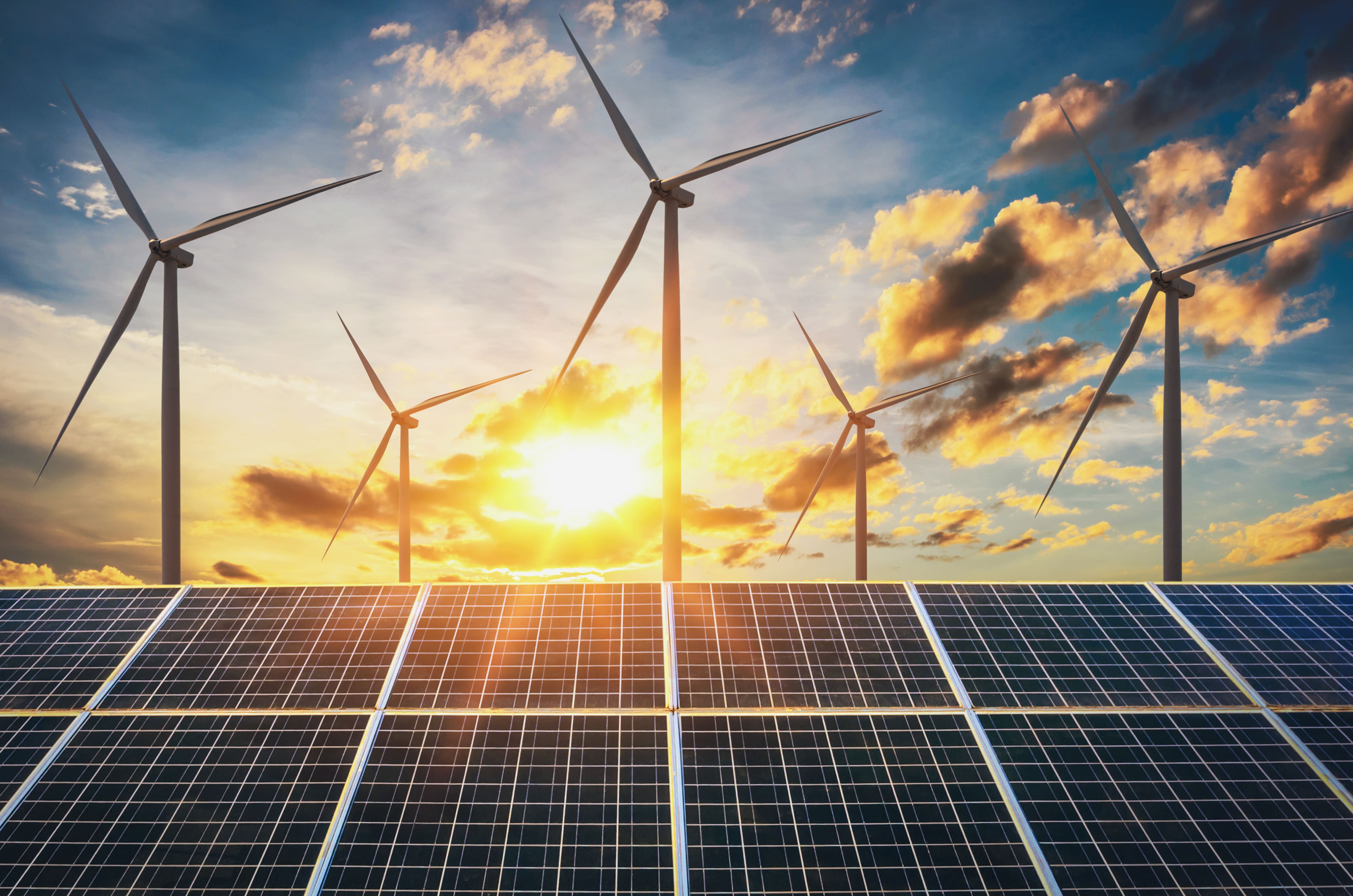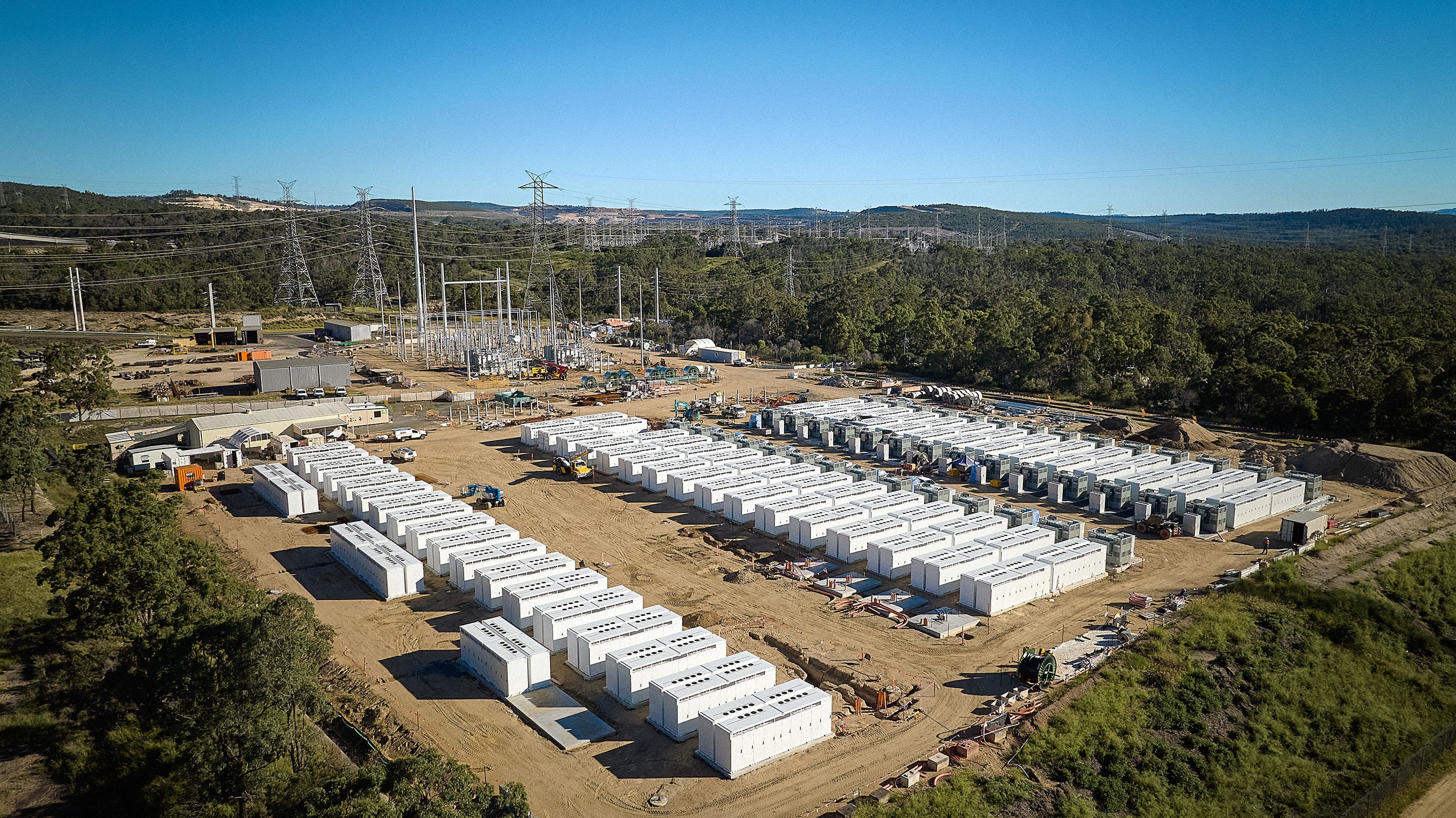HOW BATTERIES WORK
A fundamental problem with electricity is that it cannot be captured and stored. Batteries are a way of getting around this problem – they store chemicals that can be converted into electrical energy as and when needed.
Today, lithium ion batteries are most commonly used for storing electricity. Lithium is the lightest metal, and has the highest electrode potential, which means batteries using lithium generally offer superior energy-to-weight performance. They also tend to be less susceptible to the aforementioned memory effect. Better yet, Australia is the world’s largest exporter of lithium, so the popularity of lithium ion batteries presents clear economic opportunities.
The virtue of using batteries in conjunction with variable renewable energy generation is that batteries can store energy at times of low demand, and dispatch it at times of high demand. Batteries can also ramp up faster than fast-start gas generators (which are themselves faster than coal-fired power stations), providing the grid with much-needed flexibility.
The world’s first grid-scale lithium ion battery was commissioned in California in 2012. Stanwell’s Southern Queensland Battery Storage project will be operational by mid 2025, and the Central Queensland Battery Storage System will be operational by mid 2027.
Other kinds of battery technologies are being tested for use by Stanwell, including Iron-Flow batteries.
Batteries alone won’t fill the intermittency gap – but alongside other energy storage technologies, like large-scale pumped hydro, they can help to support the increased use of variable renewable energy sources and ensure the continued stability of Queensland and Australia’s electricity supply.


